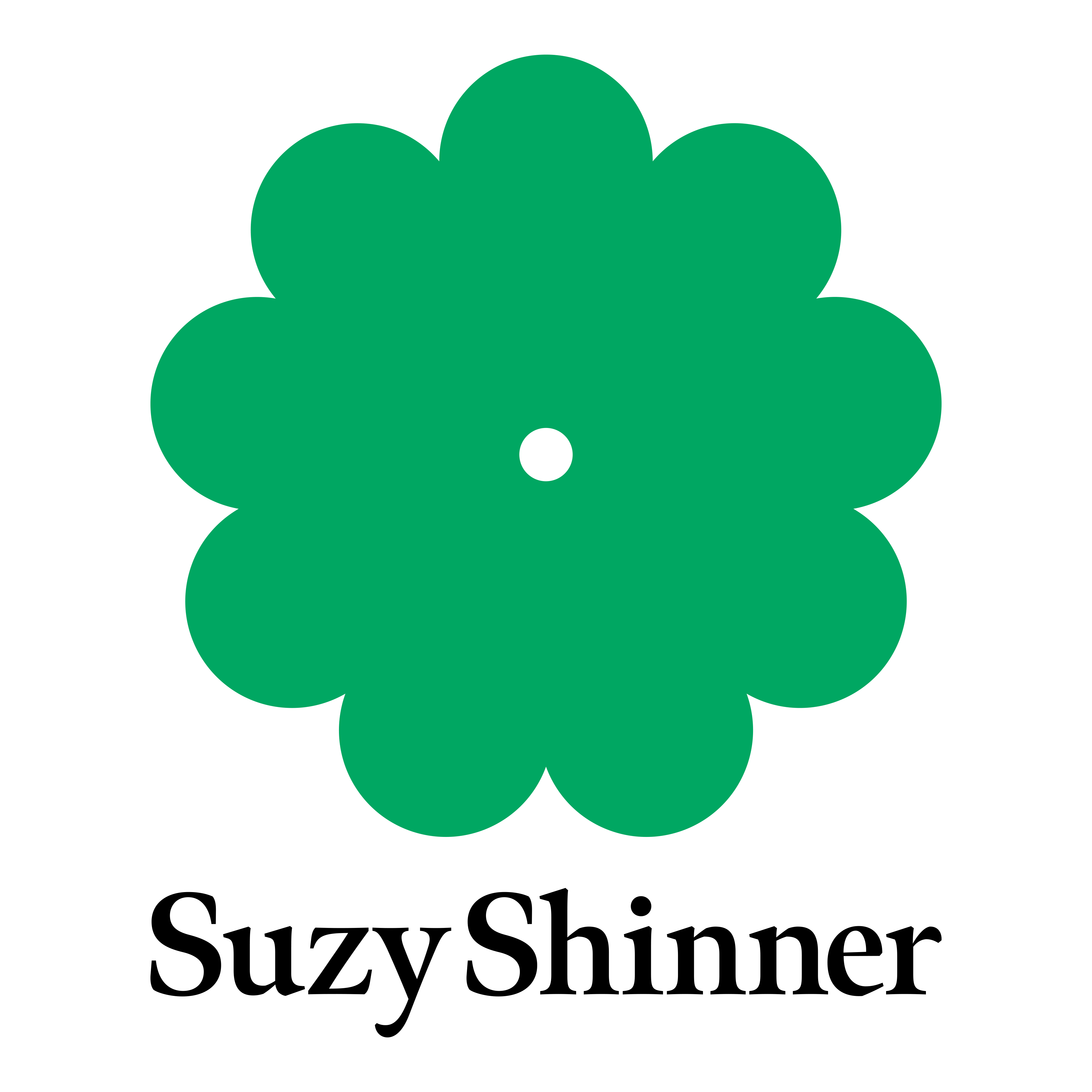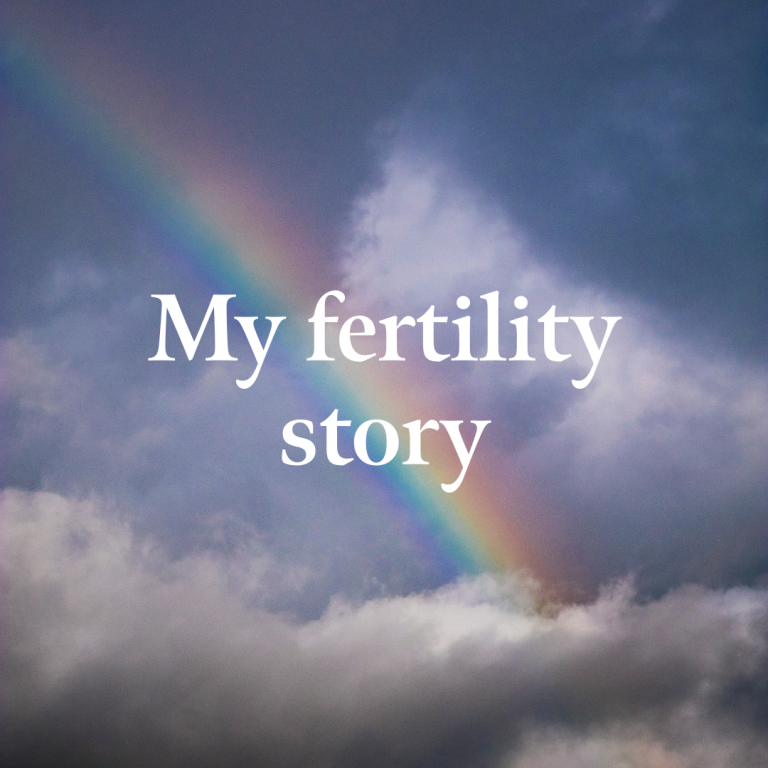

After two crazy, colourful weeks travelling around Rajasthan and Kerala, my partner and I reached the final destination of our three-week India trip – an Ayurvedic clinic on the Keralan coast.
When we were planning our trip to Kerala – the birthplace of Ayurveda – it seemed a no-brainer that we would spend a few days in an Ayurvedic retreat. We had a recommendation from a friend of a friend for a clinic called Dr Unni’s, so my partner and I booked in for 7 days, keen to learn about this ancient medicine system.
And now we had actually arrived. Our tuk tuk dropped us at the gates of the clinic and we tentatively stepped inside the complex with our luggage. The first thing we saw was a unique building with tiny slatted windows, set in the shade of tall mango and palm trees. We had no idea where to go, and no one was there to greet us. Eventually we were pointed across a little bridge into the clinic, where we were told to take off our shoes, and wait in an open-sided communal area. A man (as it turned out, another guest) came up to us with some kind of pipe instrument and started playing at us while smiling (quite manically if I’m honest). Eventually, our names were called and we were grilled by someone we assumed was a doctor, who asked us all sorts of questions about our health issues, our bowel movements, sleep, energy levels, and more. It was HOT (like, sweat dripping down your back hot), and we were struggling just to sit in the heat and humidity. I was conscious of the other guests around me, all of whom were wearing strange brown robes. We were told we’d see a doctor every day, who would prescribe us treatments and medicine depending on our dosha and conditions. Then we were sent on our way and told to come back the next day.

We found our accommodation (also within the clinic complex) and sat on the bed, sweltering in the non-airconditioned room. We questioned aloud what our thought process had been in coming to an Ayurvedic clinic. But decided that we would let the week unfold, and keep an open mind.
For those of you wondering, Ayurveda is an ancient medicine system, started in India over 3,000 years ago. The word Ayurveda comes from Sanskrit – ‘Ayur’ meaning life, and ‘Veda’ meaning knowledge or science, so literally, ‘the knowledge of life’. Ayurveda is all about trying to reach balance in the mind, body and spirit – for whole body healing.
We learned that there are three ‘doshas’ or bodily energies in Ayurveda:
- Vata (air and space);
- Pitta (fire and water); and
- Kapha (water and earth).
All of us have all three of these doshas within us – but in different ratios. The ratios we have influence our physical and mental characteristics. For example, I learned that I’m pitta vata, which means that my dominant dosha is pitta, and then vata. The main aim of Ayurveda is to maintain or restore balance among the doshas through things like diet, herbs, massage and therapies, yoga and meditation, so a practitioner must identify your dosha before they can prescribe the best treatment for you. Learn more about the three doshas and how they influence our health here. If you’re interested in finding out your dosha, there are lots of online quizzes you can do.
So what does a day in an Ayurvedic clinic look like?
Every day started with an hour and a half of yoga on the rooftop (we opted for the 8am rather than the 6.30am class because we never fancied getting up that early!), followed by breakfast (usually some kind of curry, or a more traditional porridge / muesli option). We’d then potter around at the beach until we saw the doctor after lunch.
Our doctor’s appointment was a very quick check in (we were in and out in about 5 minutes), where they would ask how we were responding to the treatment and tweak it accordingly. Then we were sent off to our treatments. First, an hour of massage, which was unlike any massage I’d had before. I would lie naked on the floor while a woman would pour copious amounts of oil on me and massage me with her feet, sometimes pretty vigorously, to help with circulation and lymphatic drainage. I can’t honestly say this was an entirely pleasant experience, but my body felt good for it afterwards.
The treatments varied, depending on your dosha and symptoms, but mine mostly consisted of lying on a wooden table (again, naked) while herbs were rubbed into my skin, and then washed off with warm water. At the end, there was a lovely bit where the therapists would trickle warm water back and forth over my forehead for about 20 minutes.
The food in the clinic was prepared in the Ayurvedic style – labelled so you could eat according to your dosha. There was nothing cold (even the water was warm), nothing too spicy, and no meat. Lots of veggies, coconut, rice, and occasionally some delicious pancakes that we would get very excited about.

We also had a LOT of medicines to take every day – bitter tonics that made us gag, and seemingly endless tablets that were given to us in little brown paper bags, labelled ‘before lunch’, ‘before breakfast’, ‘after dinner’ etc. It took us several minutes every day to work out what we were supposed to be taking when, and we were constantly carrying around bags of clinking bottles of medicines.
On the first day we were told that because we were only staying 7 days (the recommendation is for at least 10), we would need to get straight into our ‘cleanse’. I was given a sweet tasting paste, which had the desired effect that night, leaving me running to the bathroom every few minutes. After the cleansing stage of the protocol was done, the focus was on strengthening and building us up again.
So how did I feel at the end of the 7 days?
I felt good. Lighter, my body more toned. It’s difficult to say whether that was the yoga, the treatments, massages, or just the fact that we were on holiday with sun, sea and lots of time to relax.
One disappointing thing about the experience was how little we actually learned about Ayurveda. I’d love to tell you that I left with a deeper understanding of this ancient medicine system, but in all honesty I hardly learned anything – and what I did learn learn I had to really push for by questioning the doctors and staff. It was only after asking that I learned my dosha, and the reasoning behind my particular treatments.
For me, while I loved the treatments and the food, what I thought was missing was the context – the ‘why’ behind all of it. When I work with clients, I like to provide them with this information so that they feel empowered to make changes and stick to them, and so that after we finish working together they aren’t left feeling lost and confused about what to do next.
I would still love to learn more about Ayurveda, so I’m hoping the next time will be more of an education…








